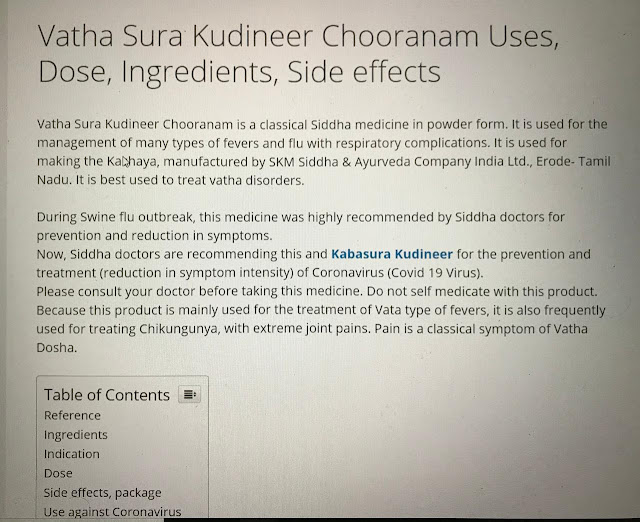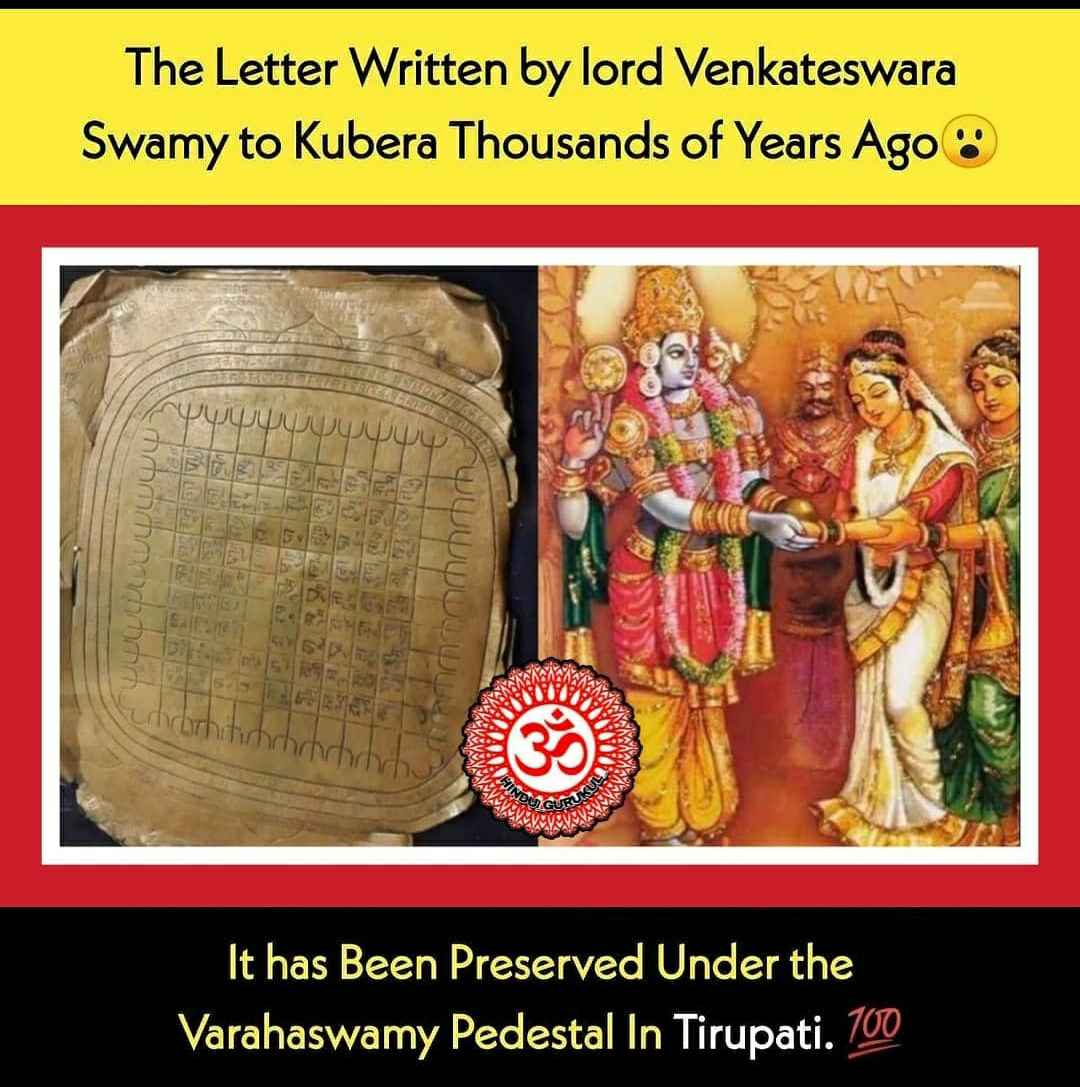Birla Planetarium, Chennai
Birla Planetarium, Chennai
From Wikipedia, the free encyclopedia
B. M. Birla Planetarium is a large planetarium in Chennai providing a virtual tour of the night sky and holding
cosmic shows on a specially perforated hemispherical aluminium inner dome. It is located at Kotturpuram in the
Periyar Science and Technology Centre campus which houses eight galleries, namely, Physical Science,
Electronics and Communication, Energy, Life Science, Innovation, Transport, International Dolls and Children
and Materials Science, with over 500 exhibits. Built in 1988 in the memory of the great industrialist and visionary
of India B. M. Birla, it is the most modern planetarium in India. There are two other Birla Planetariums in India
, viz., the one in Kolkata known as
Location
The planetarium is located in the Tamil Nadu Science and Technology Centre's (TNSTC) Periyar Science and
Technology Centre campus on the Gandhi Mandapam Road in Kotturpuram abutting the Central Leather Research
Institute campus. It lies close
to the Guindy National Park in the predominantly wooded Adyar-Guindy region known as the Green Lungs of
Chennai, enabling it to conduc
t night-sky observation comparatively easily which is otherwise difficult amidst the glaring city lights in the night.
University, University of Madras–Guindy campus and the Anna Centenary Library. The nearest railway stations
are Kotturpuram MRTS in the northeast and Kasturba Nagar MRTS in the southeast,
both located at a distance of 1 km from the planetarium.[1] The Kotturpuram bus stop lies 2 km to the north.
History
The Tamil Nadu Science and Technology Centre (TNSTC) was established in 1983 and is functioning with the
financial assistance of the Government of Tamil Nadu. The centre started its operations in 1988 with the
setting up of Periyar Science and Technology Centre and the functioning of the Birla
Planetarium. The centre functions under the chairmanship of the minister of education. The planetarium
was inaugurated on 11 May 1988 by the then President of India R. Venkataraman.
There are about 8 staff at the planetarium.[2] The centre has branches in Coimbatore, Vellore and Trichy.
Planetarium features
The planetarium is equipped with a versatile opto-mechanical GOTO GM II starfield projector,[3] an accompanying
special-effects projector and an X-Y table system for simulating various celestial phenomena. The GM II
projector has the provision to execute the diurnal, annual, latitudinal, and precessional
motions. The pierced hemispherical inner dome of the planetarium, made ofaluminium, is 15 m in diameter.
The air-conditioned theatre has a seating capacity of 236.
The total outlay proposed for the Tenth Five-Year Plan (2002–2007) for the Periyar Science and Technology
Centre and B. M. Birla Planetarium was  6.4 million, including
6.4 million, including  2.6 million for the X-Y table system
2.6 million for the X-Y table system
at the
planetarium.[4]
In 2009, the planetarium established the 360-degree sky theatre, the first in
India,[5] with the installation of a full-dome mirror projection system with
a DLP projector.[6] The 360-degree effect is created with the help of Wrap, a
special
software that takes care of curvature correction. The projector was installed
at a cost of  2.1 million.
2.1 million.
The planetarium building features a circumferential hall of fame around the
main theatre with portraits and statues of scientists and photographs
and
models of various heavenly bodies, celestial phenomena and space
missions. In 2009
, the U.S. Consulate at Chennai donated portraits of Neil Armstrong,
Sunita Williams and Kalpana Chawla for display in the hall of fame to commemorate
increasing Indo-U.S. space ties.[7]
The planetarium also offers courses in astronomy and night-sky
observations. There is a seminar hall and a classroom studio at the
planetarium, where discussions and workshops are conducted by eminent
personalities in the field of astronomy. The planetarium organizes a special show on every second Saturday
of month to view the night sky from 7:00 pm to 9:00 pm.
Under Part II Scheme for the year 2011-2012, the state
government has sanctioned an amount of  1.5 million for the modernisation of the planetarium by providing
1.5 million for the modernisation of the planetarium by providing
six-segment multimedia projection system.[8]
Shows
The planetarium conducts sky shows every day at different times in different
languages. The shows include the Solar System, sky and seasons, eclipses,Earth, Man on Moon, comets,
stellar cycle and the deep sky. As of 2007, since its inception, the planetarium has introduced 35 programmes
on these topics. Audio-visual programs on various aspects of astronomy and
different cosmic phenomena are also shown. Program themes are changed every 3 months.[9] Shows are
Centre is open on all days except on national holidays from 10:00 am to 5:45 pm.
The Science and Technology Centre, however, receives complaints on lack of maintenance of the scientific
displays at the science park.[10]
Other exhibits
DRDO Pavilion
In 2013, the Defence Research and Development Organisation (DRDO) began setting up a DRDO pavilion on
the planetarium campus in collaboration with Tamil Nadu Science and Technology Centre (TNSTC). The DRDO
gallery will have a covered area of 5,000 sq ft built in the existing building, with
additional open space made available for large life-size models and exhibits. The pavilion, being constructed at
a cost of  8.5 million, is aimed to showcase the works undertaken by the
8.5 million, is aimed to showcase the works undertaken by the
DRDO in its 50 laboratories across the nation in the fields of aeronautics, electronics, armaments, engineering
systems, instrumentation, missiles, combat vehicles, advanced computing and
stimulation, naval systems, special materials, training, information systems, life sciences, and agriculture.[11][12
] The exhibit will showcase various models of gun, including the advanced machine guns
and AK47s, historical developments of gun, construction of cut-section of gun, scale-down model of Brahmos
1.3, a supersonic cruise missile, Prithvi, a tactical surface-to-surface short-range
ballistic missile, Agni, a family of medium to intercontinental range ballistic missiles, electronic equipments, electronic radars, electronic
and communication systems, and life-supporting
devices. It was also exhibit a model of a specialised clothing designed by DRDO, used by the Indian soldiers
deployed at Siachen Glacier as protection against freezing temperatures.[11]
Future
In April 2013, the state government announced the upgradation of the planetarium into a digital
one at a cost of  100000 million. The 3D theatre at the complex will also be upgraded.[13]
100000 million. The 3D theatre at the complex will also be upgraded.[13]
In April 2013, the Tamil Nadu Science and Technology Centre (TNSTC) announced its plan
of setting up a 'Space Gallery' at a cost of  6 million in collaboration with the Indian Space Research
6 million in collaboration with the Indian Space Research
Organisation (ISRO). The gallery showcases the development of space technology in India.
There are plans to showcase models of satellite launch vehicle (SLV), polar satellite launch vehicle (PSLV),
and geosynchronous satellite launch vehicle (GSLV)
in the gallery, in
addition to a 10-m long scale-down model of SLV 1.6, kept in a horizontal position, to explain the first, second
and third stage of a rocket. A mock-up control room will also be
established to
explain about how a rocket is launched into the
space and the ways to observe the trajectory of the rocket.




Comments
Post a Comment